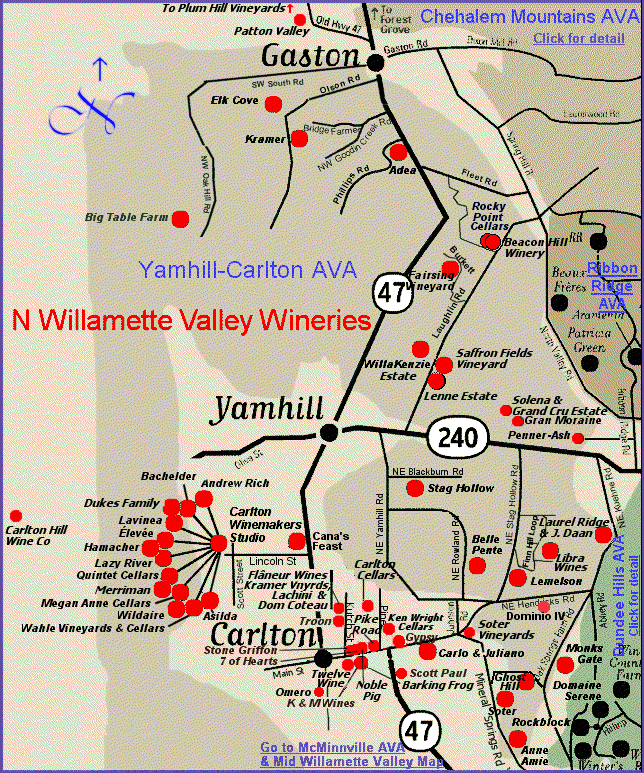

Interestingly, he was also in the process of converting the vines from cordon to cane pruned, because he said you could achieve higher yields in Southern Oregon with cane pruning. He found that using multiple clones for blending allowed him to achieve a higher level of complexity in his wines. The Duero clone provides more bright red fruit and performs well in the region. He found that Clone 1 provides a dark fruit flavor, but often has issues with shatter and poor fruit set. Eric had consulted with winemakers from Rioja to learn more about tempranillo clones, and to determine which clones and pruning methods were the best for Southern Oregon. The vineyards were planted on a slope at an elevation of 2200 feet in average. When I arrived Eric immediately took me into the vineyard and we discussed the different clones he was using there. Today the winery is run by John’s son, Eric, who is very passionate about the Gewürztraminer, but even more so about the 10 acres of tempranillo he planted around the winery. They are quite small – producing only around 2,000 cases annually, and selling the majority of the wine directly to consumer (DTC). It boasts a sunny patio with umbrellas and tables, and allows visitors to relax and look at the view while sipping wine and enjoying a cheese and charcuterie platter. Weisinger Family Winery is small and charming, set a top a small knoll and surrounded by vineyards.

Weisinger is ideally located just outside the popular tourist town of Ashland that attracts many visitors due to its famous Shakespearean theaters, charming downtown, and delectable restaurants serving local food, wine, and beer – most of it sustainably produced. He planted 4 acres of Gewürztraminer in 1978 and then opened the winery in 1988. Weisinger is one of the oldest wineries in the Rogue Valley, established by John Weisinger who was visiting from Texas and fell in love with the area. Weisinger – Top Tempranillo Estate in the Rogue Valley

Following are the five major AVA’s of Southern Oregon, listed according to the dates they were established: Photo Credit: Oregon Wine Board The Five AVAs of Southern Oregonĭiversity is the key word of Southern Oregon, and this is clearly reflected in their five AVAs, which exhibit a wide range of climates and soils. Though most people think of the cooler Willamette Valley further north with its award winning pinot noirs, Southern Oregon has also won multiple awards, not only for its pinot noir, which is 40% of their production, but for its delicious tempranillos, malbecs, and white Rhone blends, such as Viognier, Roussane and Marsanne. Now home to more than 150 wineries, with 5 AVA’s, and 70 different grape varietals, Southern Oregon is starting to receive much more attention in the US market. Today that same spirit of entrepreneurship and diversity of winegrapes continues to thrive in Southern Oregon. By the 1880’s, he had acres of vineyards and was making wine from a multitude of varieties, including Riesling, Zinfandel, Malbec, Merlot, Sauvignon Blanc, Cabernet Sauvignon, and Pinot Noir. Britt was an immigrant from Switzerland, with skills in photography and horticulture, and he saw that the warm climate of Southern Oregon was perfect for grapevines and fruit trees. Vineyards were first planted in Southern Oregon in the 1850’s by Peter Britt, near present day Jacksonville. Photo Credit: About the Southern Oregon Wine Region Vineyards in the Rogue Valley AVA of Southern Oregon.


 0 kommentar(er)
0 kommentar(er)
